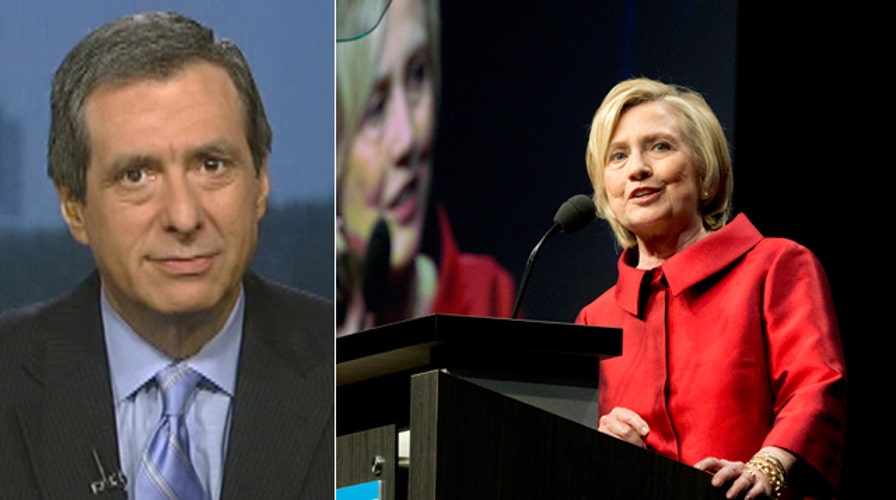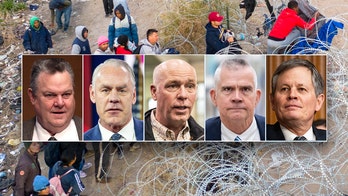Hillary Clinton has decided to make herself more available to the media and will begin doing national television interviews in the next week.
She reached this decision after an internal debate and the move is supported by many top campaign officials, along with her husband, Clinton insiders say.
“She’s all on board,” Jennifer Palmieri, the campaign’s communications director, told me in an interview. “America will see more of her.”
Palmieri played down the notion that the interviews, along with plans to take more questions from reporters on the trail, amount to a risky strategy. “She does fine,” Palmieri says. “That was not a concern.”
The danger, Clinton insiders tell me, is that in today’s Twitter culture, a single misstep or badly chosen phrase can be taken out of context and go viral, drowning out anything else that Clinton is saying. They are also worried that some reporters, given Hillary’s global fame, might try to boost themselves by creating a “gotcha” moment.
But a consensus has formed around the notion that allowing more routine access will drain the drama from each encounter. “The more media interviews you do, the less any one interaction matters,” Palmieri says.
The former president and first lady, as well as campaign chairman John Podesta and others, are said to recognize that keeping the press at arm’s length has damaged her campaign. They concede that her long periods of silence in the face of swirling questions about her private email, speaking fees and Clinton Foundation favor-seeking have hurt her on the crucial issue of public trust.
By not doing national interviews until now, Palmieri concedes, “we’re sacrificing the coverage. We’re paying a price for it.”
For two months after her campaign launch, Clinton took virtually no questions from her traveling press corps, a strategy symbolized by her impromptu stop at a Chipotle. After her kickoff speech on Roosevelt Island, she sat down with a handful of local reporters in key states, but that was about it on the interview front.
The distancing approach creates a news vacuum that is often filled by stories about the latest release of her emails or questions about the family foundation. It contributes to a backlog of negative questions that can erupt each time reporters have a chance to shout questions at the candidate. And it provides a sharp contrast with Bernie Sanders, who is generating headlines for both his populist rhetoric and the size of his crowds.
But Palmieri says Clinton thought long and hard about how to campaign after her 2008 loss. “She thought about what she does best with voters, which is a big deal—the one-on-one interaction.” That, she says, is why the campaign began in Iowa and New Hampshire with small events at which the former secretary of State mostly listened. Meanwhile, journalistic frustration mounted and began a running theme in the Hillary coverage.
“I’m always trying to balance letting the press have access but not having that get too much in the way of what she needs to do in her campaign,” says Palmieri, a former communications director in the Obama White House. In the end, “This is her campaign.”
If Hillary coasts to the Democratic nomination, the insiders say, her only real opponent would be the media. But even then, she needs some capital in the bank for when major controversies erupt—capital that can be earned by developing relationships with the journalists who cover her.
This may help only at the margins, the sources say. But it might help with the problem that most people have a brittle image of Hillary, rarely glimpsing her more engaging side--a longstanding frustration in her inner circle.
Every campaign grapples with some version of this dilemma, whether having the candidate grant too many interviews or answer too many questions at events will wind up obscuring the message of the day.
“Whatever decisions we make, there will be some in the press who are unhappy about it,” Palmieri told me. “We’re not going to hit on a magic formula.”





